当前位置:
X-MOL 学术
›
Water Res.
›
论文详情
Our official English website, www.x-mol.net, welcomes your
feedback! (Note: you will need to create a separate account there.)
Biokinetic soft-sensing using Thiothrix and Ca. Microthrix bacteria to calibrate secondary settling, aeration and N2O emission digital twins
Water Research ( IF 11.4 ) Pub Date : 2025-01-18 , DOI: 10.1016/j.watres.2025.123164
Vince Bakos, Yuge Qiu, Marta Nierychlo, Per Halkjær Nielsen, Benedek Gy. Plósz
Water Research ( IF 11.4 ) Pub Date : 2025-01-18 , DOI: 10.1016/j.watres.2025.123164
Vince Bakos, Yuge Qiu, Marta Nierychlo, Per Halkjær Nielsen, Benedek Gy. Plósz
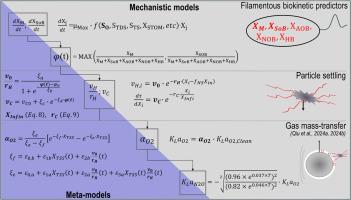
|
Climate resilience in water resource recovery facilities (WRRFs) necessitates improved adaptation to shock-loading conditions and mitigating greenhouse gas emission. Data-driven learning methods are widely utilised in soft-sensors for decision support and process optimization due to their simplicity and high predictive accuracy. However, unlike for mechanistic models, transferring machine-learning-based insights across systems is largely infeasible, which limits communication and knowledge sharing. To harness the benefits of both approaches, this study introduces a mechanistic online soft-sensor (MOSS) developed to calibrate digital twins of secondary settling tanks (hydraulic shock), aeration systems and nitrous oxide (N2 O) greenhouse gas emission. MOSS integrates biokinetic models of filamentous microbial predictors to calibrate digital twins through meta-models (data-driven part), updated using offline settling column tests and amplicon sequencing data for microbial analysis. For the first time, this approach employs multi-filamentous-community predictors for dynamic calibration, i.e., Thiothrix and Ca. Microthrix. The calibration and early-warning capabilities of MOSS are demonstrated using experimental data from a laboratory-scale WRRF.
中文翻译:

使用 Thiothrix 和 Ca. Microthrix 细菌校准二次沉降、曝气和 N2O 发射数字孪生的生物动力学软传感
水资源回收设施 (WRRF) 的气候适应能力需要更好地适应冲击载荷条件并减少温室气体排放。数据驱动的学习方法因其简单性和高预测准确性而被广泛用于软传感器中,用于决策支持和流程优化。然而,与机械模型不同的是,跨系统传输基于机器学习的见解在很大程度上是不可行的,这限制了沟通和知识共享。为了利用这两种方法的优势,本研究引入了一种机械在线软传感器 (MOSS),该传感器用于校准二级沉淀池(液压冲击)、曝气系统和一氧化二氮 (N2O) 温室气体排放的数字孪生。MOSS 集成了丝状微生物预测因子的生物动力学模型,通过元模型(数据驱动部分)校准数字孪生,并使用离线沉降柱测试和扩增子测序数据进行更新以进行微生物分析。这种方法首次采用多丝状群落预测因子进行动态校准,即 Thiothrix 和 Ca. Microthrix。使用来自实验室规模 WRRF 的实验数据证明了 MOSS 的校准和预警能力。
更新日期:2025-01-18
中文翻译:

使用 Thiothrix 和 Ca. Microthrix 细菌校准二次沉降、曝气和 N2O 发射数字孪生的生物动力学软传感
水资源回收设施 (WRRF) 的气候适应能力需要更好地适应冲击载荷条件并减少温室气体排放。数据驱动的学习方法因其简单性和高预测准确性而被广泛用于软传感器中,用于决策支持和流程优化。然而,与机械模型不同的是,跨系统传输基于机器学习的见解在很大程度上是不可行的,这限制了沟通和知识共享。为了利用这两种方法的优势,本研究引入了一种机械在线软传感器 (MOSS),该传感器用于校准二级沉淀池(液压冲击)、曝气系统和一氧化二氮 (N2O) 温室气体排放的数字孪生。MOSS 集成了丝状微生物预测因子的生物动力学模型,通过元模型(数据驱动部分)校准数字孪生,并使用离线沉降柱测试和扩增子测序数据进行更新以进行微生物分析。这种方法首次采用多丝状群落预测因子进行动态校准,即 Thiothrix 和 Ca. Microthrix。使用来自实验室规模 WRRF 的实验数据证明了 MOSS 的校准和预警能力。




















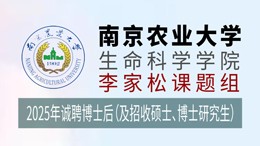






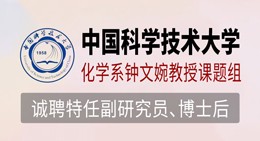
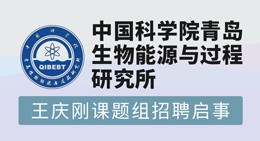
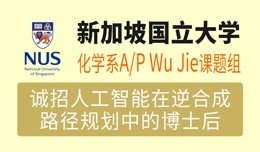



 京公网安备 11010802027423号
京公网安备 11010802027423号